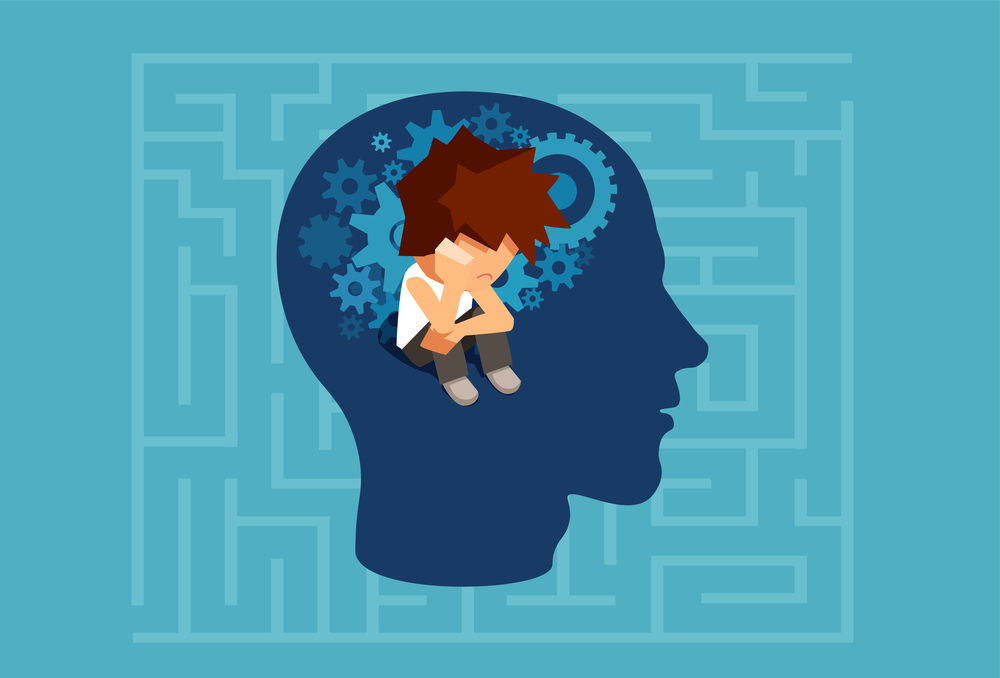Introduction
Internalized oppression does not emerge in a vacuum. It is a legacy, passed down through generations via cultural messages, systemic structures, and traumatic histories. To understand how it operates within us today, we must trace its roots through colonization, slavery, racism, sexism, and other forms of systemic domination. This historical lens reveals that internalized oppression is both a survival strategy and a psychological scar.
The Historical Wounds We Carry
Research on historical trauma shows that the wounds of oppression do not simply fade with time; they become embedded in the collective psyche of communities. Maria Yellow Horse Brave Heart (1998) described historical trauma as the cumulative emotional and psychological injury over the lifespan and across generations, emanating from massive group trauma experiences. Studies on descendants of Holocaust survivors (Yehuda et al., 2016) and Indigenous peoples (Gone et al., 2019) confirm that trauma can be transmitted epigenetically and psychologically, shaping identity, resilience, and vulnerability.
How Oppression Becomes Internalized
When external oppression is repeated and reinforced, it seeps inward. Over centuries, messages of inferiority, dependency, and inadequacy become woven into the inner dialogue of individuals and communities. Freire (1970) argued that the oppressed often internalize the oppressor’s worldview, leading them to police themselves and perpetuate cycles of domination. This means that even when external chains are removed, psychological ones remain.
The Subtle Legacy in Daily Life
The echoes of history can be seen in the present: self-doubt when stepping into leadership roles, questioning one’s worth in predominantly white institutions, or feeling undeserving of love and success. These are not simply personal struggles; they are the residue of collective history, replaying itself in the intimate theater of the mind. As hooks (1992) reminds us, healing requires naming and confronting these internalized scripts.
Moving Toward Liberation
Liberation requires both historical awareness and personal reflection. By understanding that these inner narratives are not inherent truths but inherited wounds, individuals can begin to disentangle from them. Practices of collective remembrance, truth-telling, and critical consciousness (Watkins & Shulman, 2008) create pathways for healing. When communities reclaim their stories, they reclaim their power.
References
- Brave Heart, M. Y. H. (1998). The return to the sacred path: Healing the historical trauma and historical unresolved grief response among the Lakota. Smith College Studies in Social Work, 68(3), 287–305.
- Freire, P. (1970). Pedagogy of the Oppressed. Herder and Herder.
- Gone, J. P., Hartmann, W. E., Pomerville, A., Wendt, D. C., Klem, S. H., & Burrage, R. L. (2019). The impact of historical trauma on health outcomes for Indigenous populations in the USA and Canada: A systematic review. American Psychologist, 74(1), 20–35.
- hooks, b. (1992). Black Looks: Race and Representation. South End Press.
- Watkins, M., & Shulman, H. (2008). Toward Psychologies of Liberation. Palgrave Macmillan.
- Yehuda, R., Daskalakis, N. P., Bierer, L. M., Bader, H. N., Klengel, T., Holsboer, F., & Binder, E. B. (2016). Holocaust exposure induced intergenerational effects on FKBP5 methylation. Biological Psychiatry, 80(5), 372–380.
Download the scholarly version of this article by clicking HERE

